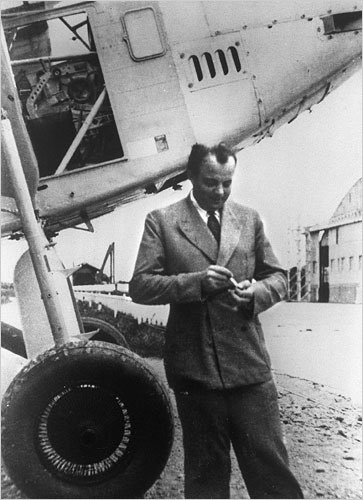
In einem neuen Video gehen #funk & @Kurz_Gesagt der Frage nach, ob es in der langen #Erdgeschichte schon einmal höher entwickelte #Kulturen vor uns gegeben haben könnte - und werfen auch einen Blick darauf, was wir womöglich einmal hinterlassen werden:
funk.net/channel/kurzge…
funk.net/channel/kurzge…

Ein interessantes Gedankenexperiment, das u.a. auch auf die sog. #SilurianHypothesis zurückgeht, wie sie z.B. 2018 von @ClimateOfGavin und @AdamFrank4 in einem im International Journal of Astrobiology (18(2)) veröffentlichten Aufsatz diskutiert wurde:
cambridge.org/core/journals/…
cambridge.org/core/journals/…
Ich gebe ehrlich zu, in dieser Frage weniger optimistisch zu sein.
Warum ein solches Szenario (bzw. dessen Nachweis) aus gegenwärtiger archäologischer Sicht sehr unwahrscheinlich ist, durften @drspacejunk und ich mit z.B. @JamieSeidel hier diskutieren:
adelaidenow.com.au/news/special-f…
Warum ein solches Szenario (bzw. dessen Nachweis) aus gegenwärtiger archäologischer Sicht sehr unwahrscheinlich ist, durften @drspacejunk und ich mit z.B. @JamieSeidel hier diskutieren:
adelaidenow.com.au/news/special-f…
Bleibt dennoch die spannende Perspektive auf unsere eigenen Spuren in geologischer #DeepTime-Größenordnung.
Insbesondere die im Video angesprochene Problematik nuklearer Hinterlassenschaften dürften künftigen Generationen (& Archäologen) womöglich noch einiges abverlangen …
Insbesondere die im Video angesprochene Problematik nuklearer Hinterlassenschaften dürften künftigen Generationen (& Archäologen) womöglich noch einiges abverlangen …
https://twitter.com/jens2go/status/1311018210729357314
The original video is of course also available in English via @Kurz_Gesagt:
(And all in all that's rather bad news for #AncientAliens, I'm afraid. 👽🤷🏻♂️)
(And all in all that's rather bad news for #AncientAliens, I'm afraid. 👽🤷🏻♂️)
https://twitter.com/kurz_gesagt/status/1498674488065593344
• • •
Missing some Tweet in this thread? You can try to
force a refresh

















